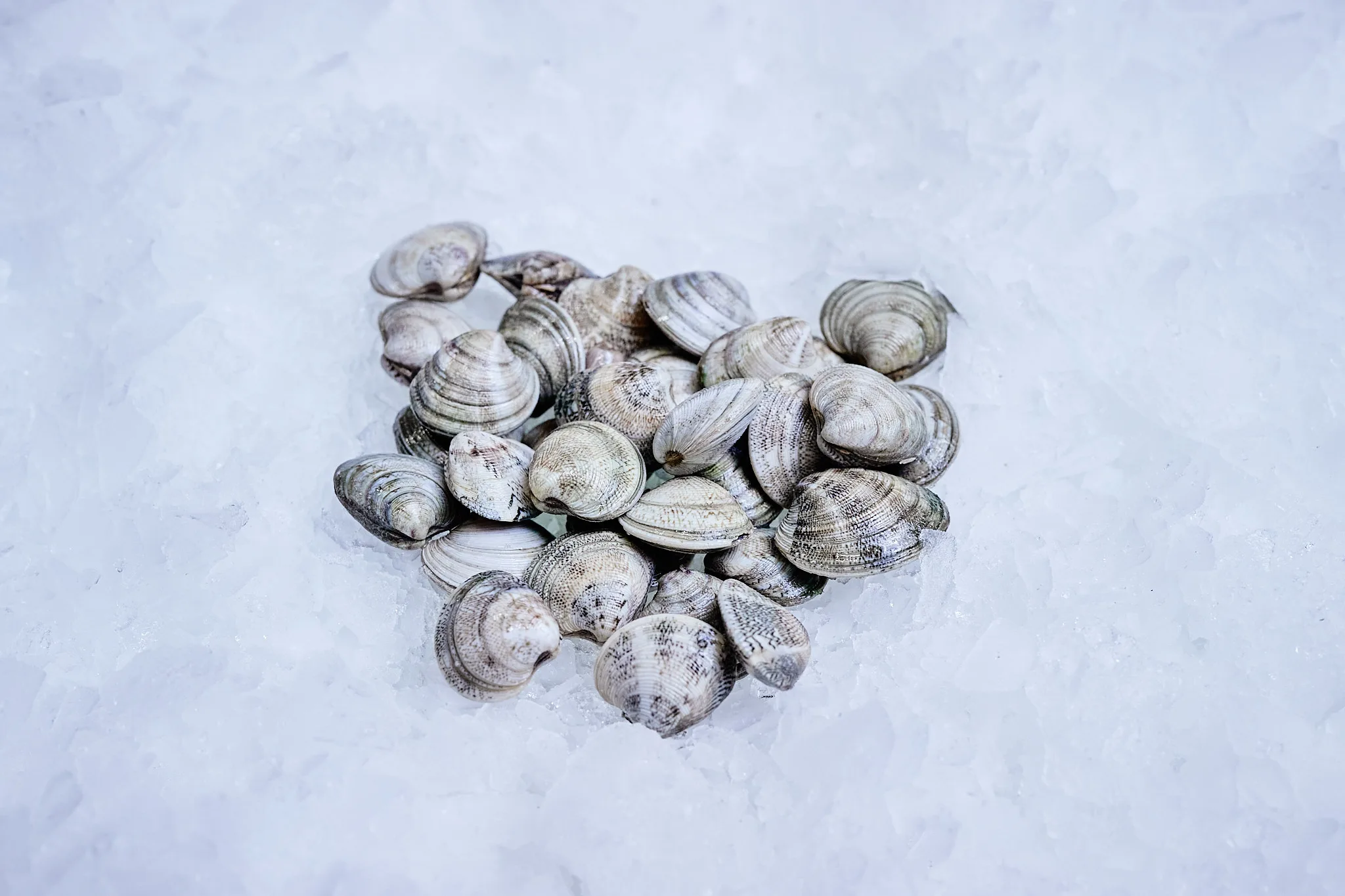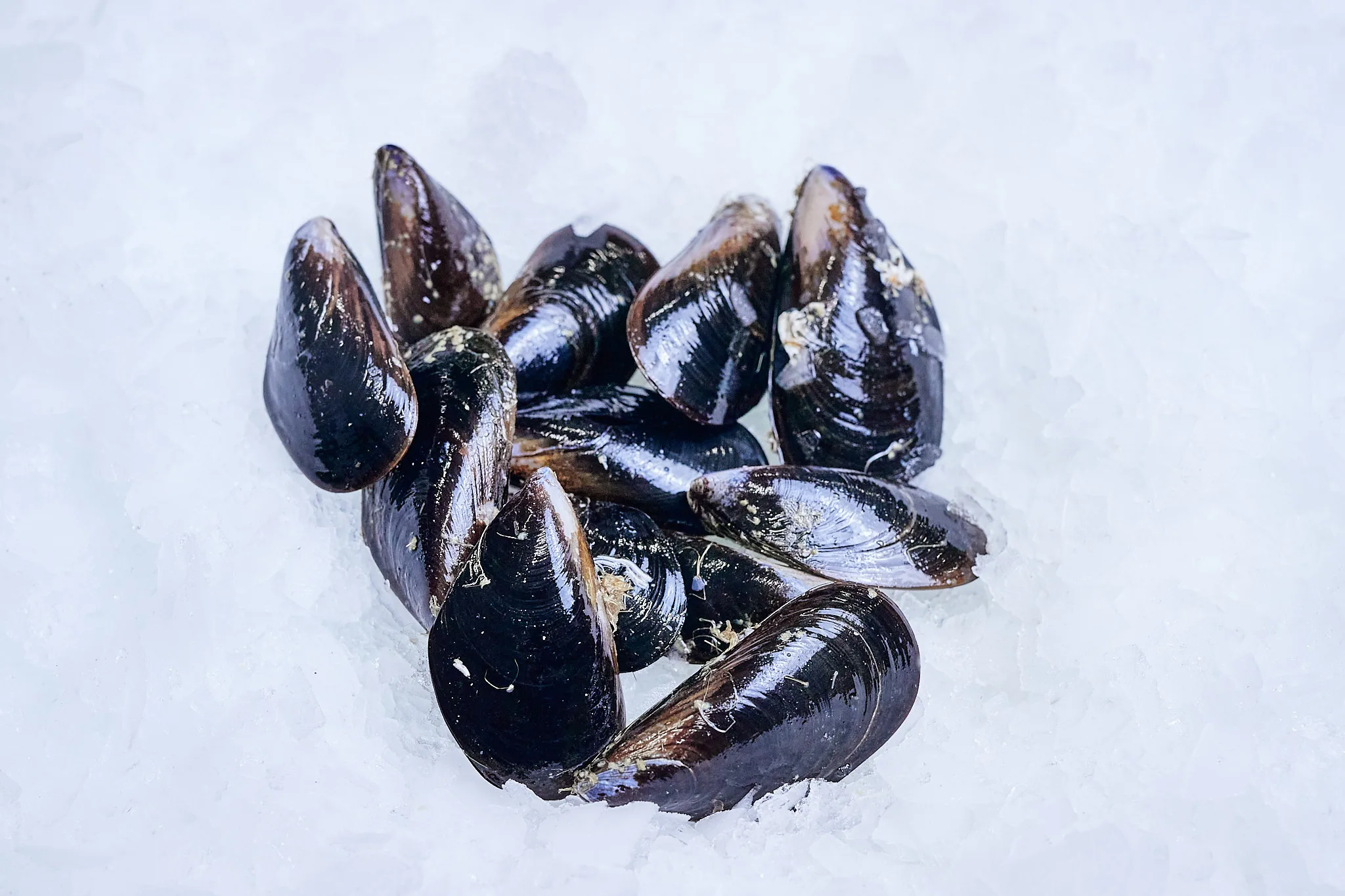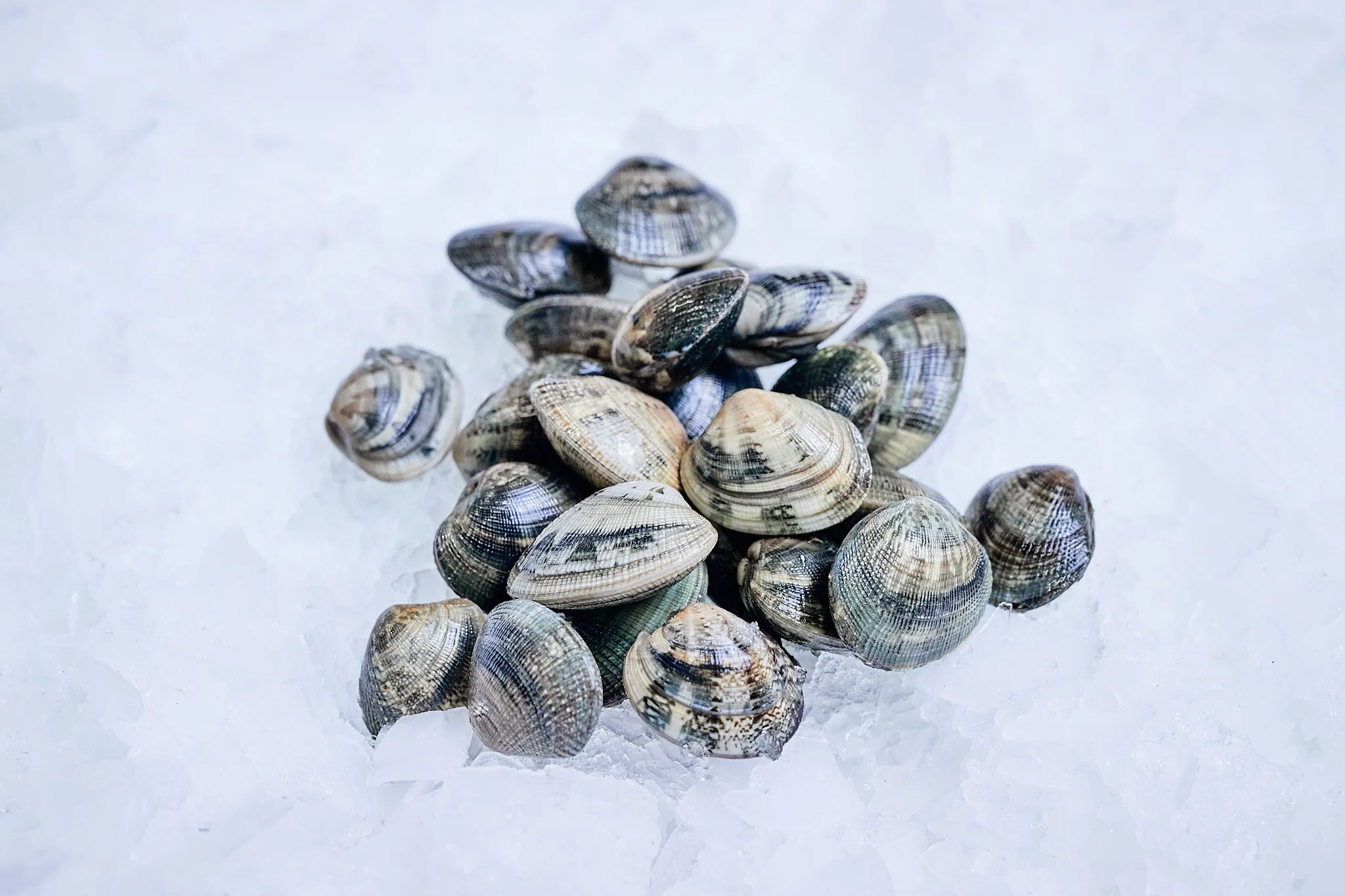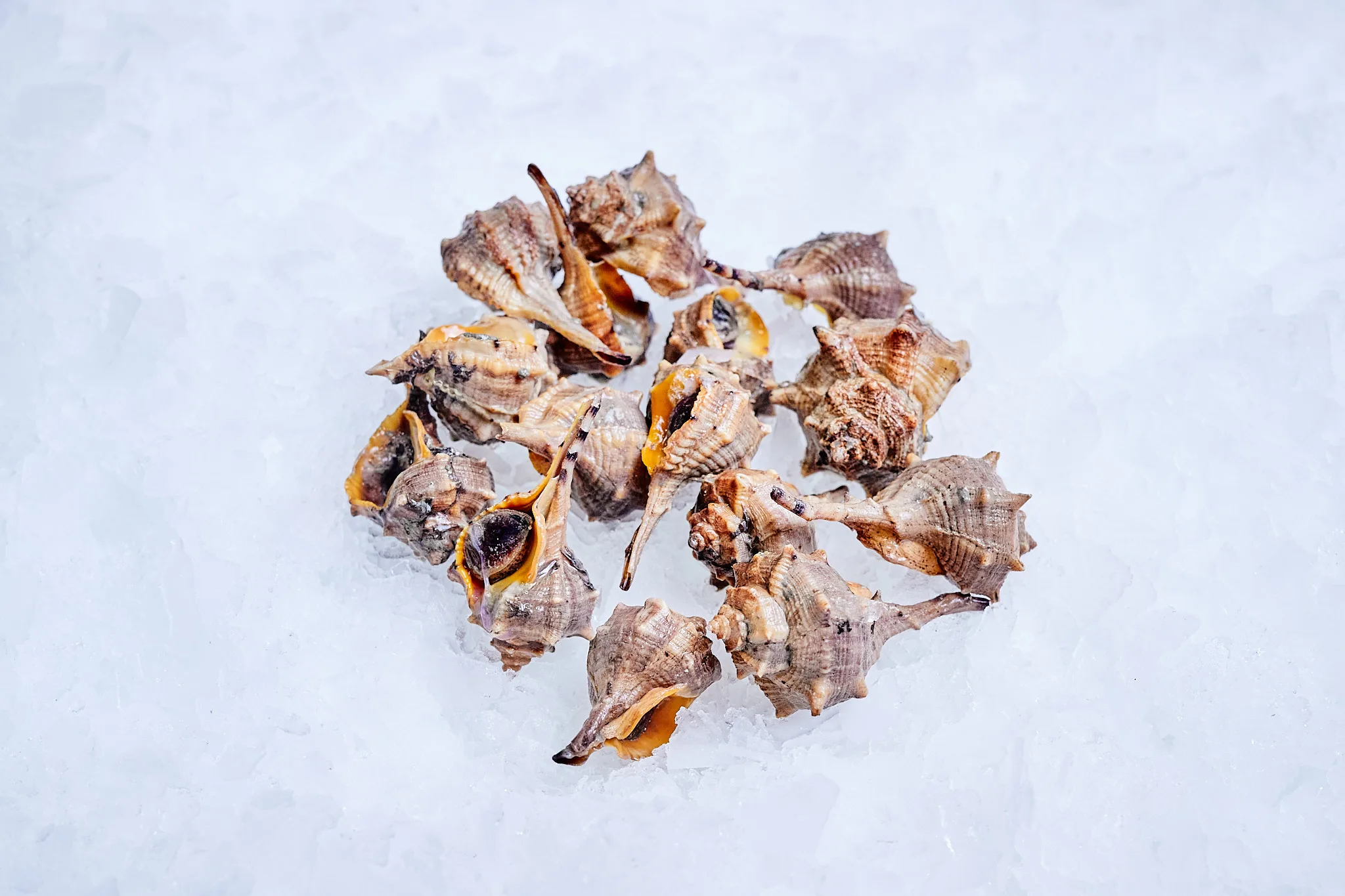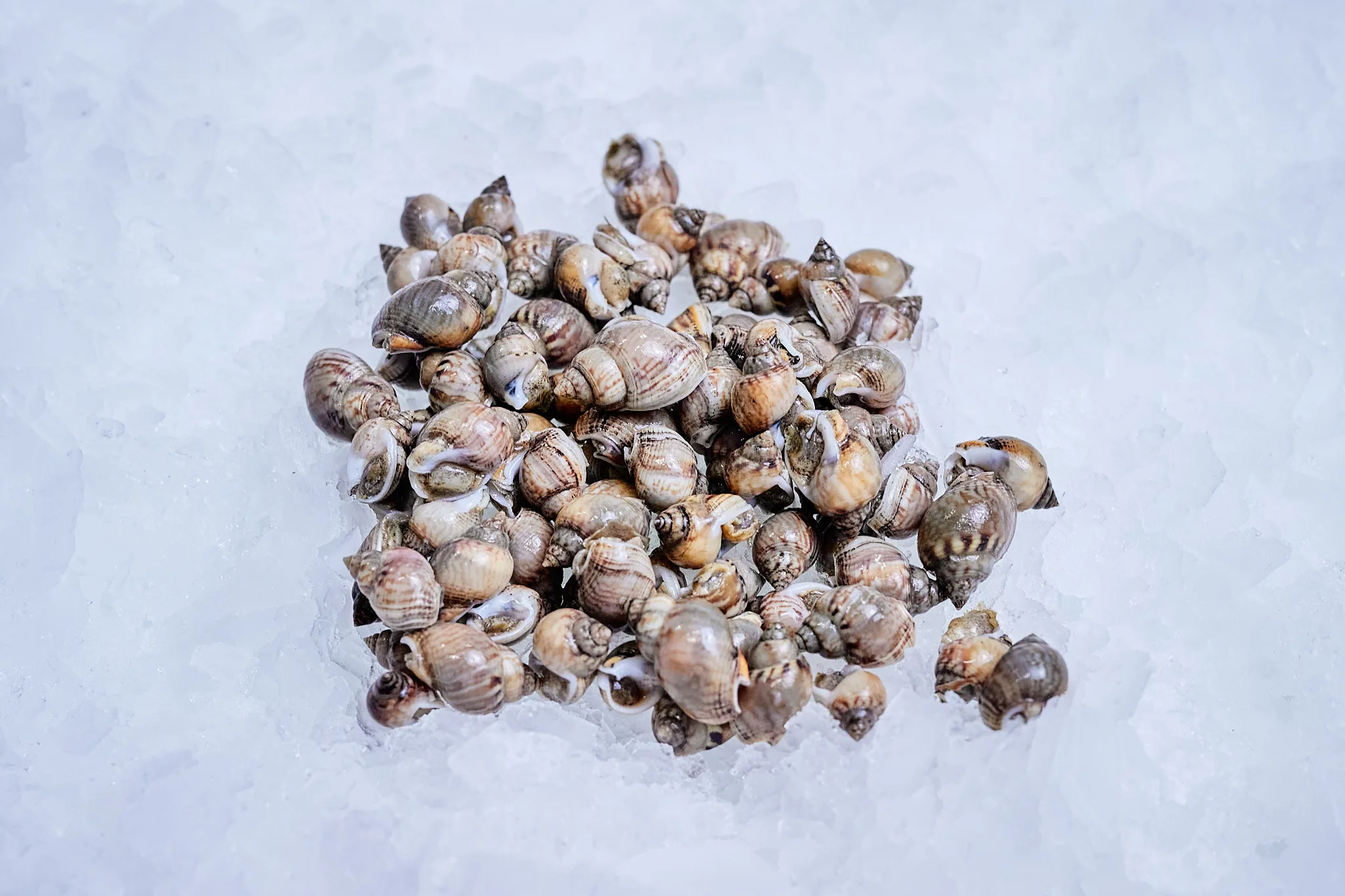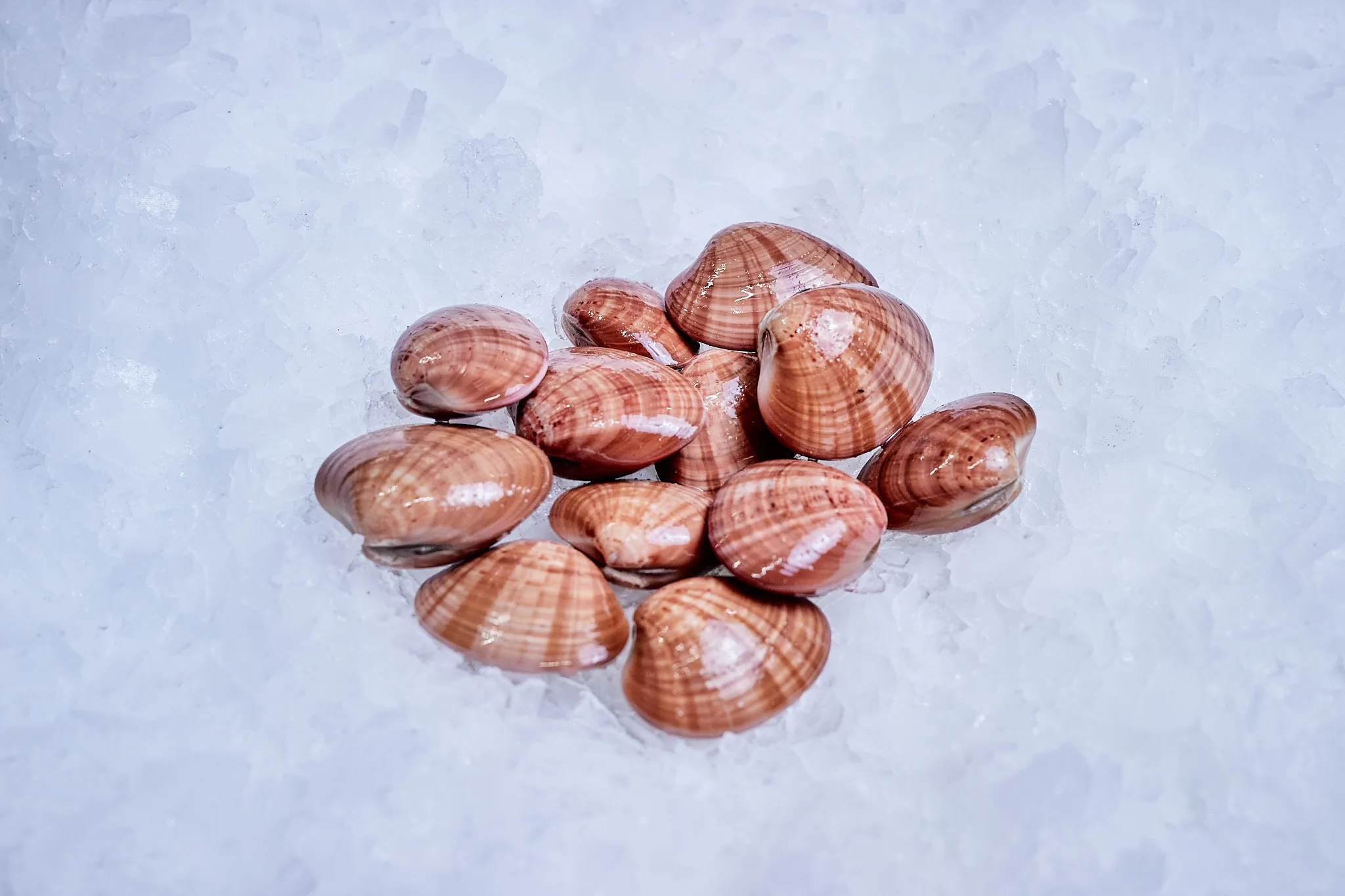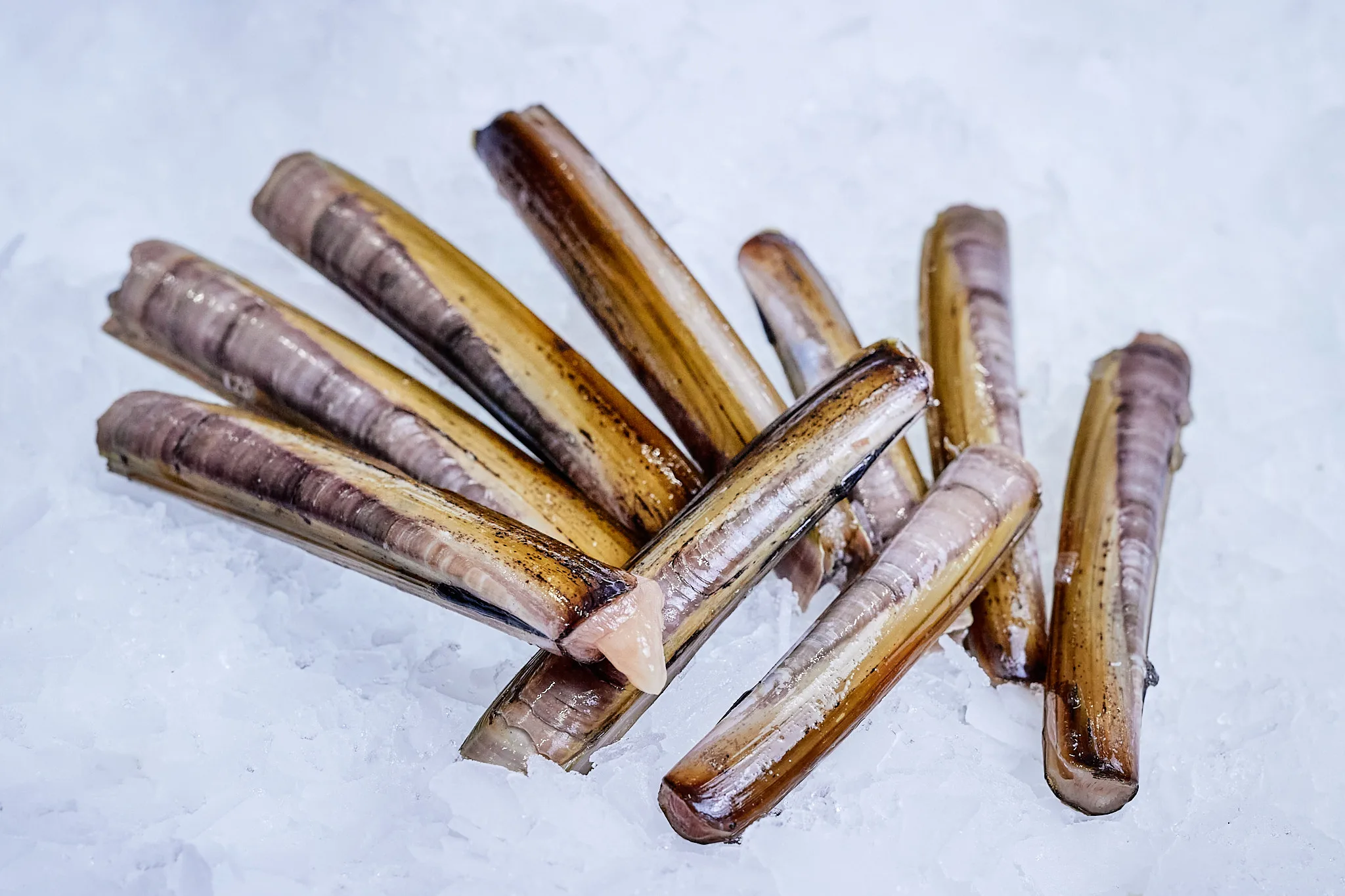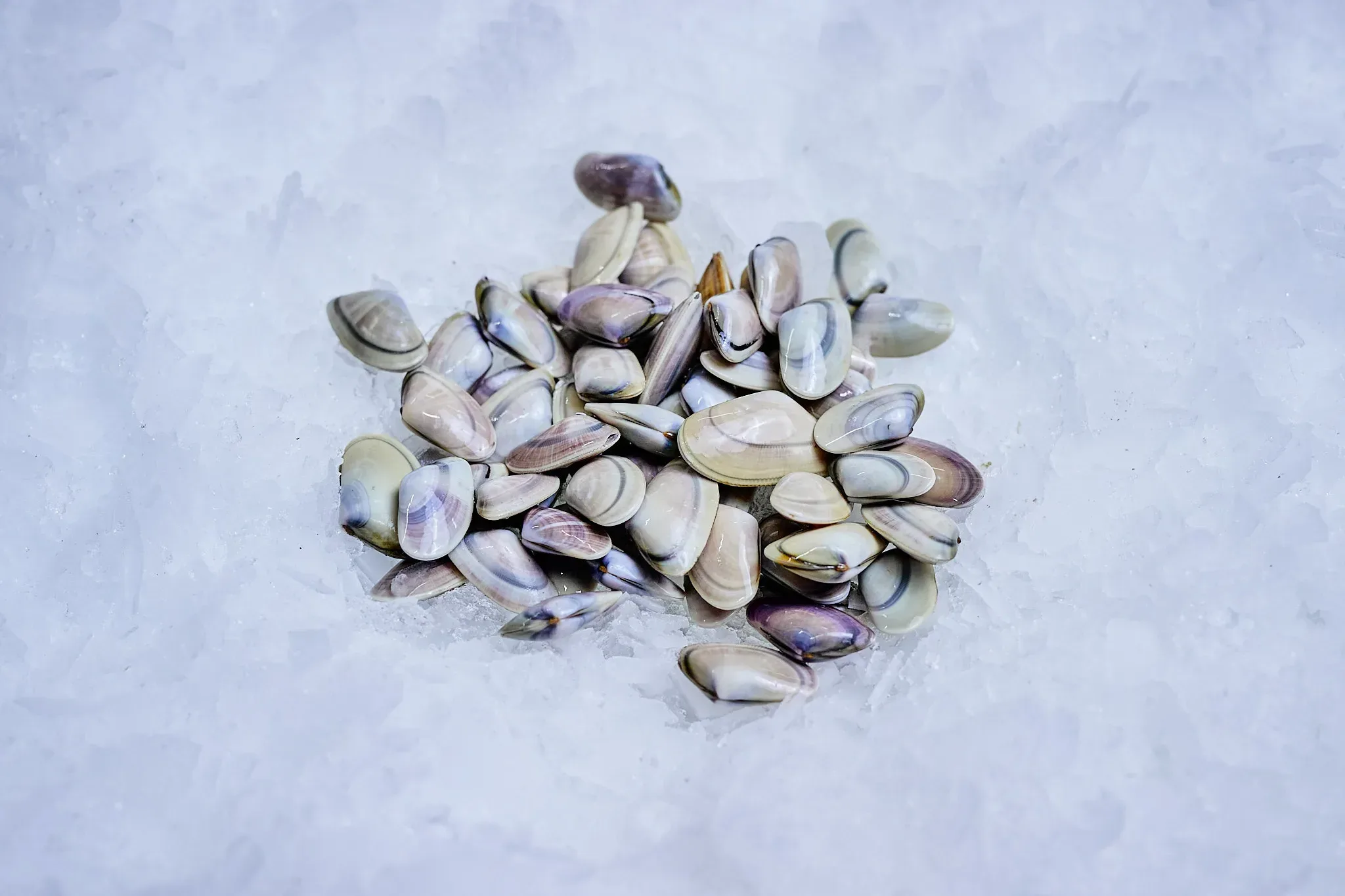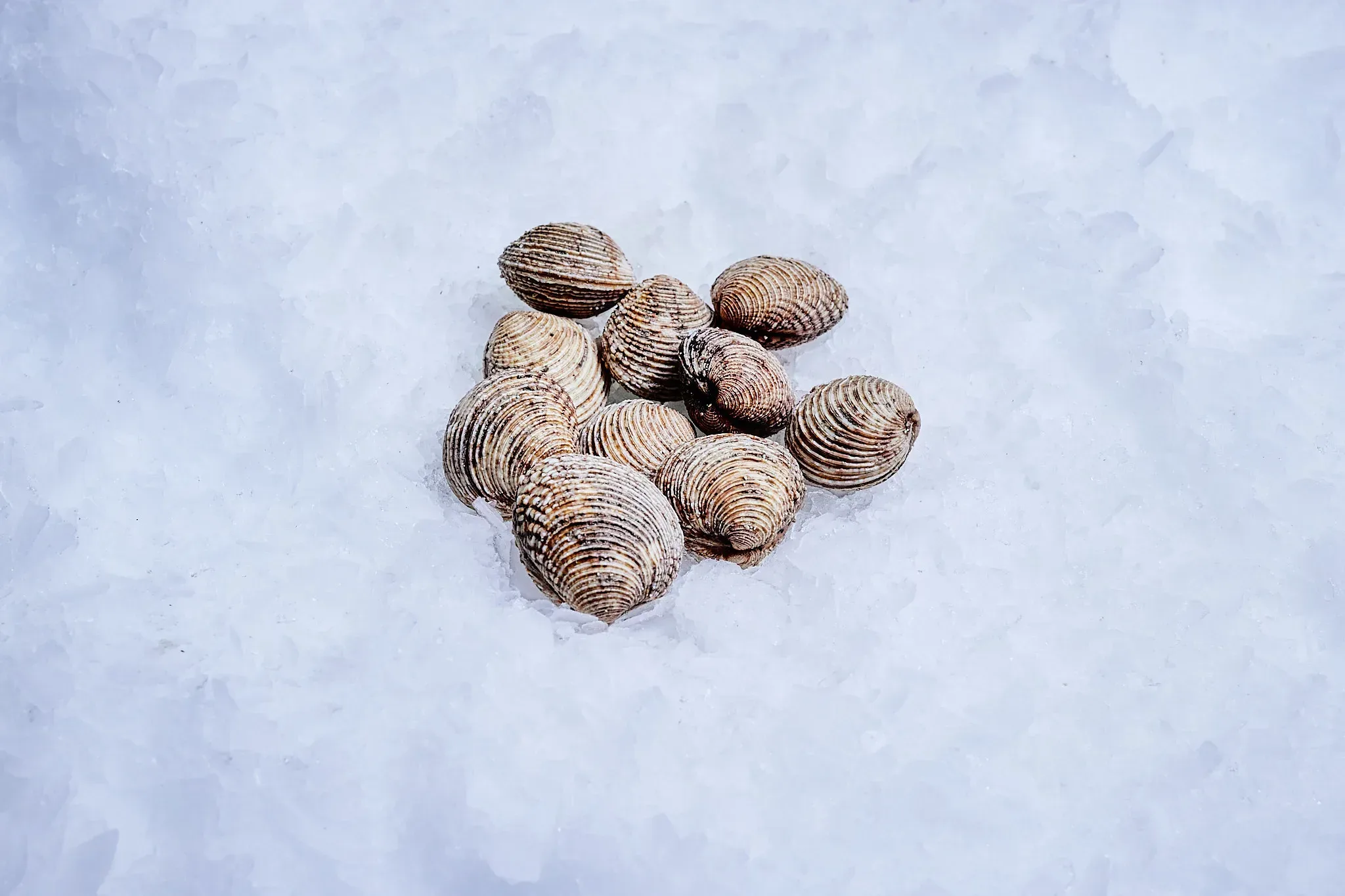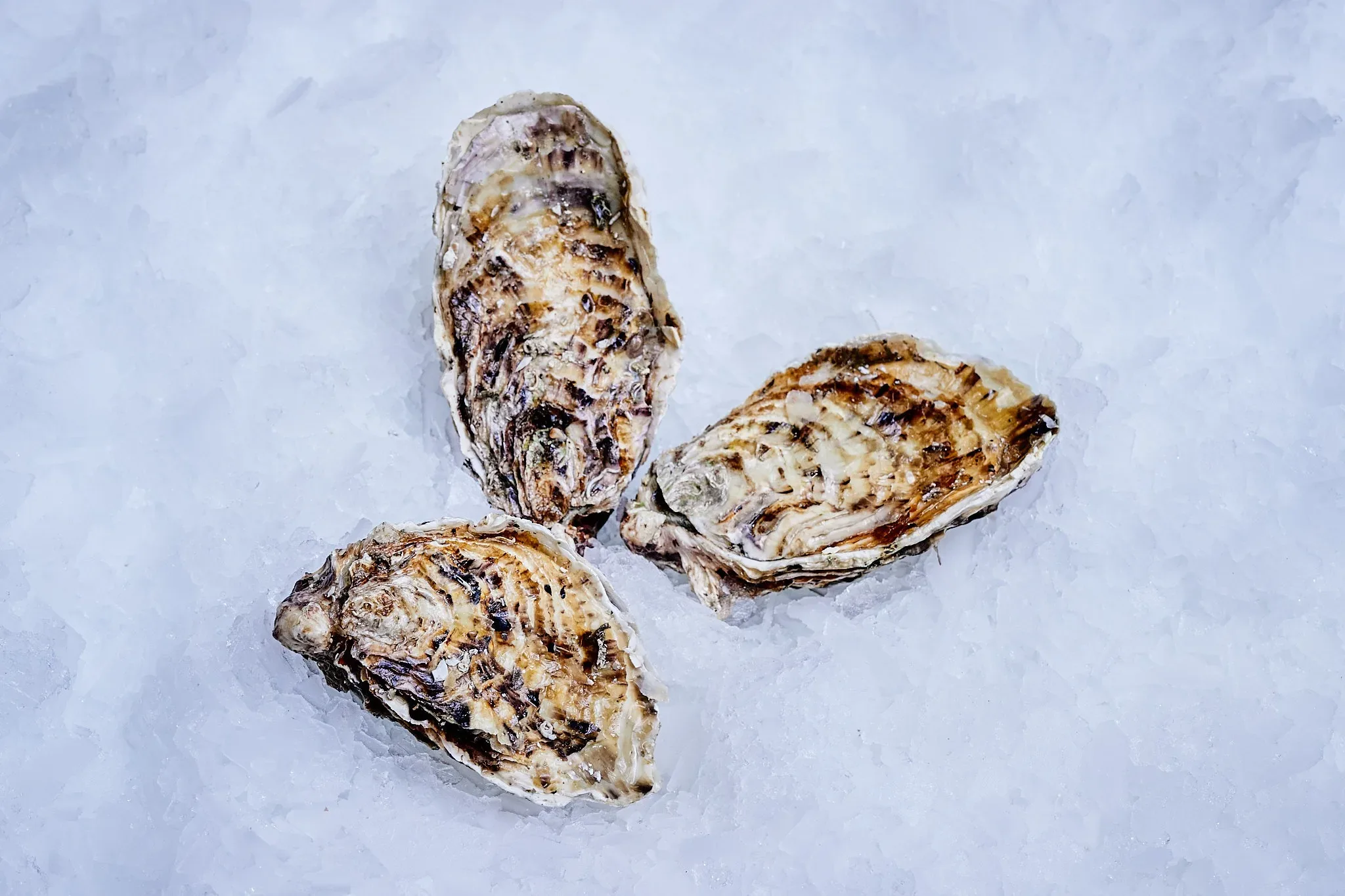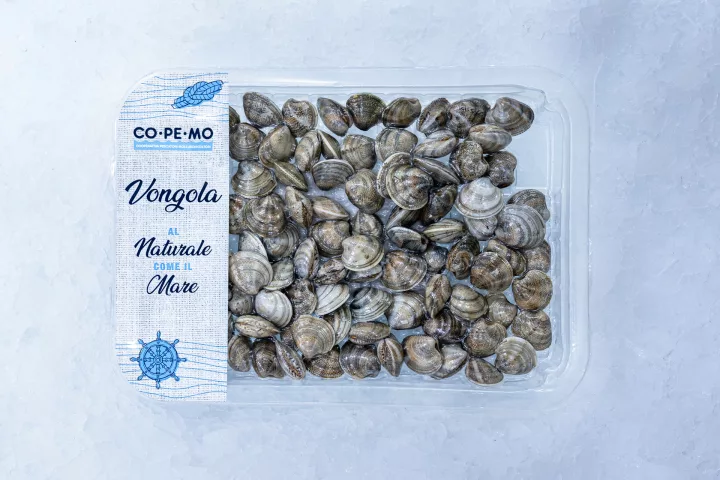Clams
Chamelea gallinaClams
- Scientific name: Chamelea gallina
- Sales name: Clams
The clam is a bivalve mollusc with a robust shell made up of two equal valves with a rounded shape and small concentric ribs. Externally the shell is light brown, greyish-yellow, with dotted, striated rays or composed of dotted or zigzag lines. Inside, the color of the valves is white or yellowish and the shell is smooth; the common size is 2.5-3.5 centimeters. It lives sunken in the sandy or sandy-muddy seabeds of the coast, generally up to 12 meters deep. It is a product exclusively fished on natural banks, especially in the Middle and Upper Adriatic with boats called “turbo blowers”.
| Origin | caught Italy (Adriatic Sea) |
|---|---|
| Fishing season | fishing is done all year round |
| Fishing gear | rake and turbo blower |
| Packaging | fishing net 0.2, 0.5, 1, 3, 5, 10 kg |
|---|---|
| Minimum commercial size | 22 mm |
| Storage | temperature between +2° and +6° C for live and viable product. |
Chemical parameters provided for by Reg. (EC) 1881/06
| Lead | 1.5 mg/kg fresh weight |
|---|---|
| Cadmium | 1 mg/kg fresh weight |
| Mercury | 0.5 mg/kg fresh weight |
Biotoxicological parameters provided for by Reg. (EC) 853/04
| PSP (Paralytic Shellfish Poison) | 800 µg/kg |
|---|---|
| ASP (Amnesic Shellfish Poison) | 20 mg/kg of Domoic acid |
| Ac. Okadaico, dinophysis toxins and pectenotoxins | 160 µg of Okadaic acid equivalents/kg |
| Yessotoxins | 1 mg of Yessotoxins equivalents/kg |
| Azaspiracids | 160 µg of Azaspiracid equivalents/kg |
Microbiological parameters provided for by Reg. (EC) 2073/05:
| E. coli | n=5 c=1 m=230 MPN/100g M=700 MPN/100g |
|---|---|
| Salmonella | absent in 25 g |
Odour: characteristic marine
Appearance: regular
Colour: grey-white background with dark zigzag lines
Meat: tasty
Edible part: 25%
Energy value: 72 kcal
H2O: 82.5g
Proteins: 10.2 g
Fat: 2.5 g
Carbohydrates: 2.2 g
Sodium: 32 mg
Vitamin A: 0.02 mg
*Data source INRAN (National Research Institute for Food and Nutrition)
The production process is kept under constant control through the HACCP method and a quality system implemented according to the principles dictated by the IFS Food standard.
Considered an allergen according to the reference directive (Reg. UE 1169/2011 s.m. e i.)
To be consumed after cooking.
Transport temperatures must be maintained between +2°C and +10°C.
The labeling complies with Reg. EU 1169/2011 s.m. e i.
With preformed polyethylene mesh (LLDPE, VLDPE) suitable for food contact or, upon specific customer request, with biodegradable and compostable label and mesh.
Keep in Touch!
To get more information, welcome to contact us at any time. We are here to answer all your questions and requests, and your opinion is of great value to us.
